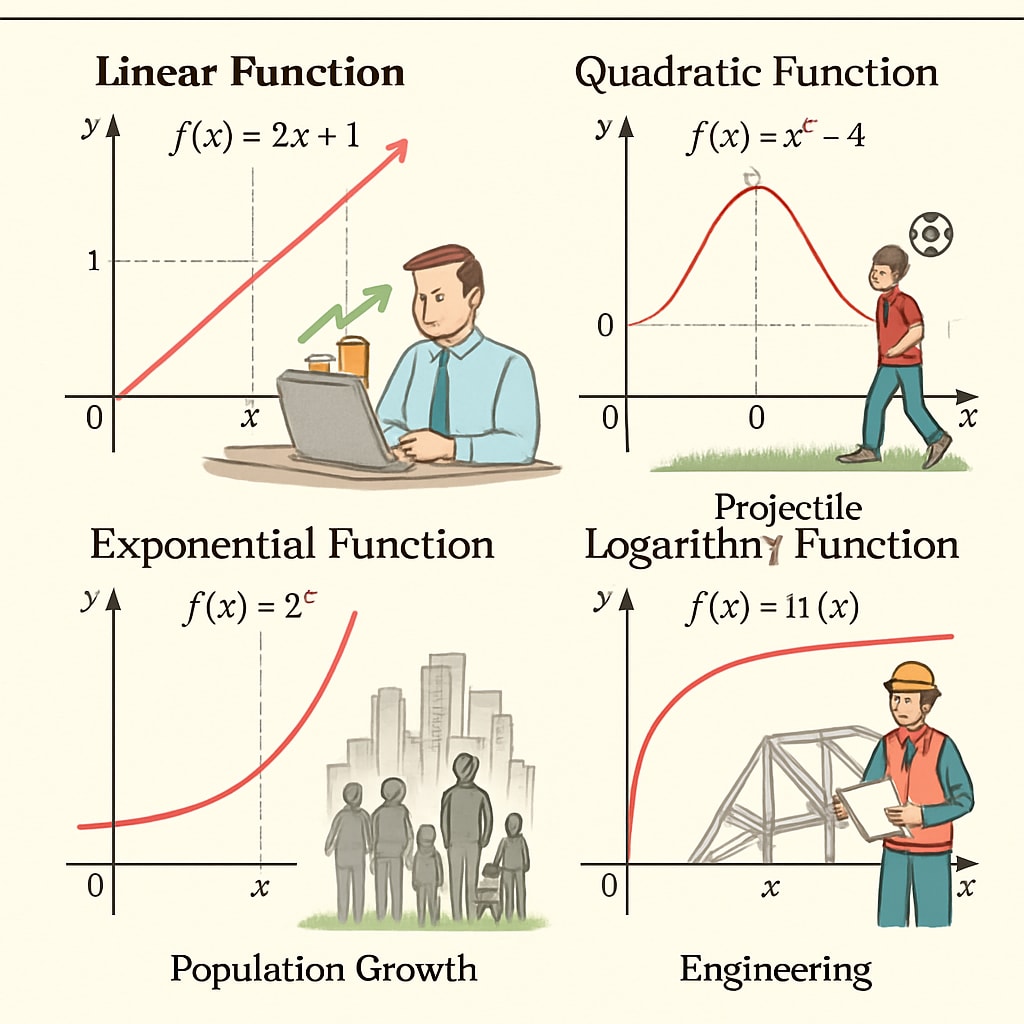High school math often presents significant challenges for students due to gaps in conceptual understanding, insufficient teaching methods, and suboptimal learning environments. These obstacles can hinder academic success and leave students feeling frustrated or disconnected from the subject. This article identifies the core barriers in high school math education and offers practical strategies for educators to enhance their teaching approaches, ultimately better preparing students for academic and real-world applications.
Understanding Conceptual Barriers in High School Math
One of the primary obstacles students face in high school math is the difficulty of grasping abstract concepts. Topics like calculus, algebra, and geometry require a solid foundation in earlier mathematical principles. However, students often struggle because foundational gaps were not addressed earlier in their education. For example, a weak understanding of fractions or basic algebra can make advanced topics overwhelming.
To mitigate this issue, educators can implement diagnostic assessments to identify specific areas of struggle before beginning a course. Additionally, visual aids like diagrams, graphs, and interactive tools can help students better understand abstract concepts.

Improving Teaching Methods for Better Engagement
Another major challenge lies in outdated or ineffective teaching methods. Traditional lecture-based teaching may not cater to diverse learning styles, leaving auditory, visual, and kinesthetic learners underserved. Incorporating active learning strategies, such as group problem-solving sessions, gamified learning platforms, or real-world applications, can significantly enhance engagement.
For example, a teacher explaining exponential growth could use examples from biology (population growth) or finance (compound interest) to make the topic relatable. Furthermore, encouraging questions and fostering discussions can help students feel more confident in their abilities.

The Role of Learning Environments in Academic Success
A conducive learning environment can make or break a student’s experience with high school math. Crowded classrooms, lack of access to resources, and minimal individualized attention can exacerbate learning difficulties. Creating a supportive and resource-rich environment is crucial to overcoming these barriers.
Educators can advocate for smaller class sizes, ensuring each student receives sufficient attention. Furthermore, integrating technology, such as online simulations or virtual tutoring platforms, can provide additional support outside of the classroom. Schools can also partner with community organizations to offer resources for students who may lack access at home.
Actionable Strategies for Teaching Improvement
To address high school math challenges comprehensively, educators can adopt the following strategies:
- Student Feedback: Regularly collect feedback to understand which areas students find most challenging and adjust teaching methods accordingly.
- Flexibility: Incorporate diverse teaching styles to accommodate different learning preferences.
- Interactive Tools: Use digital platforms, such as Khan Academy or Desmos, to make learning more engaging.
- Collaboration: Encourage peer-to-peer learning and collaborative projects to reinforce understanding.
- Continuous Training: Provide professional development opportunities for teachers to stay updated with new methodologies.
By implementing these strategies, educators can create a more inclusive and effective high school math curriculum that empowers students to overcome challenges and thrive academically.
Readability guidance: This article uses short paragraphs, lists, and clear transitions to ensure ease of reading. Additionally, actionable insights and relatable examples are provided to enhance understanding while minimizing passive voice usage.


